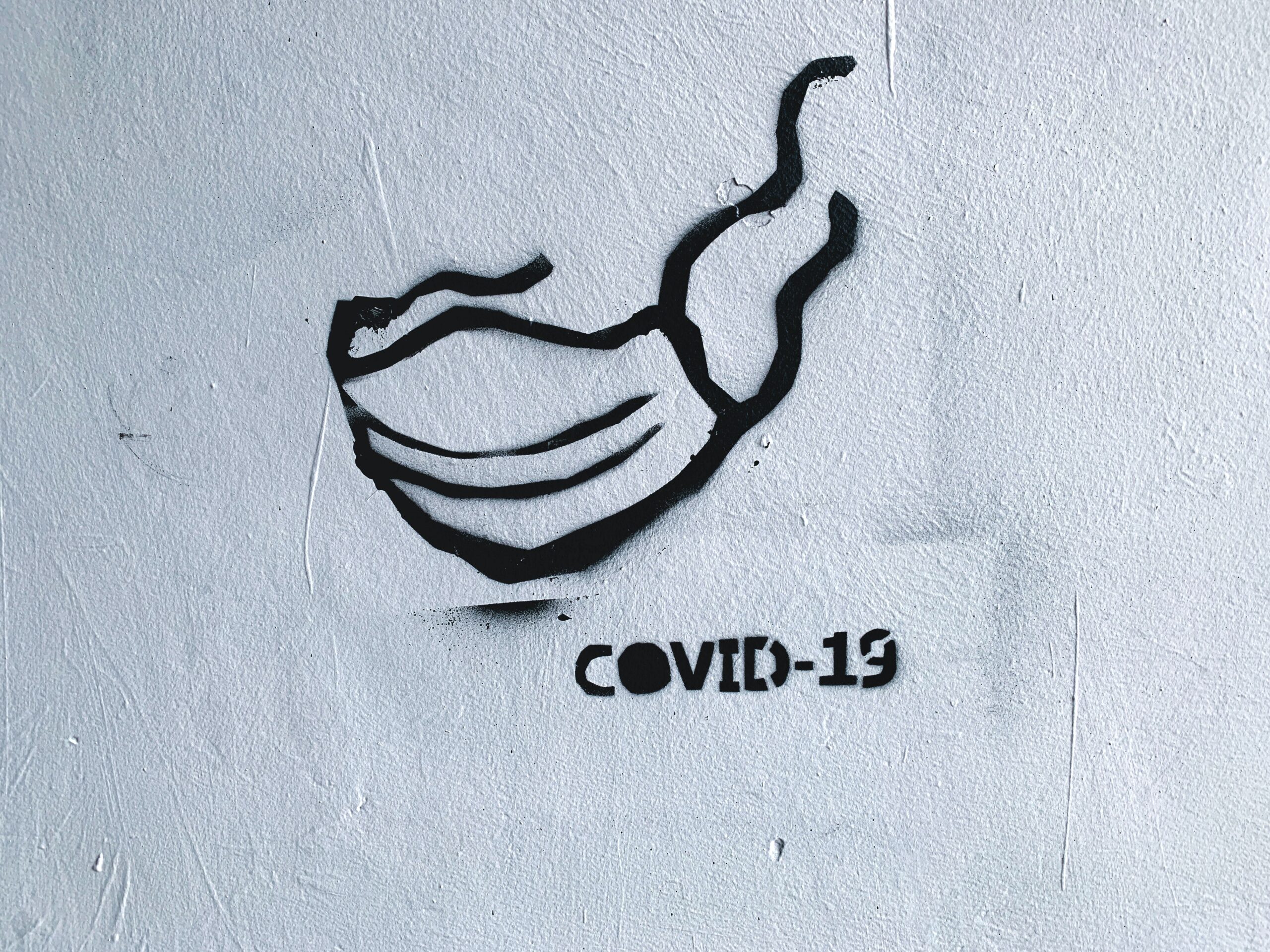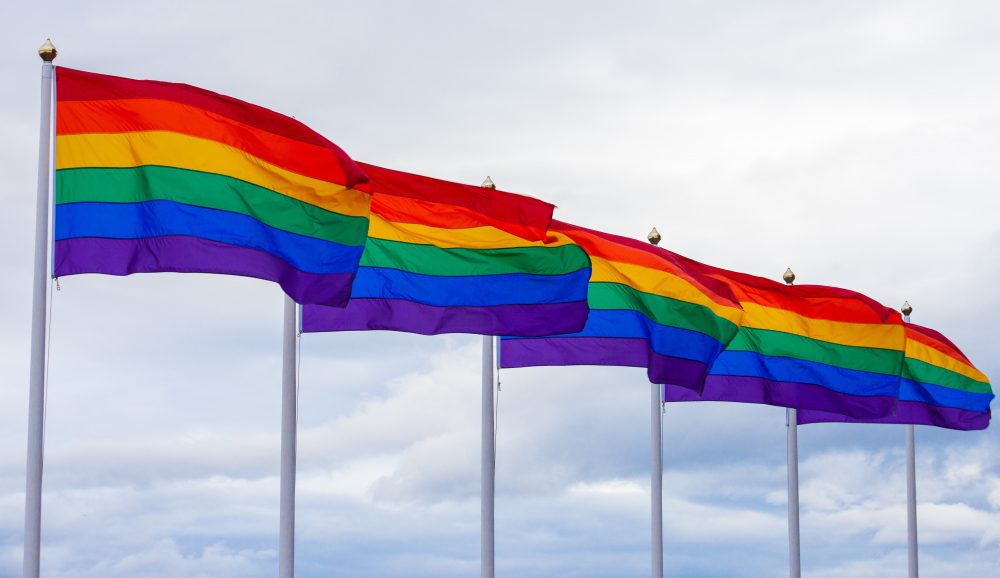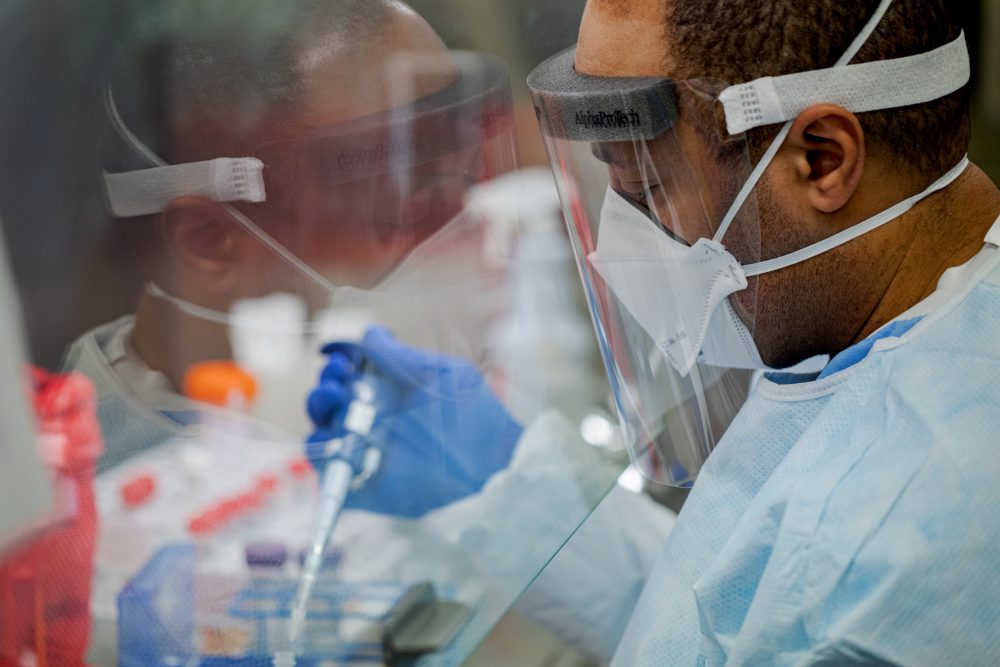Four Lessons from MacKenzie Scott’s Disaster Philanthropy Approach
This blog originally appeared on Giving Compass. “I want to be MacKenzie Scott when I grow up.” That was my first thought when I heard she had donated $10 million to the Center for Disaster Philanthropy’s (CDP) COVID-19 Response Fund. I was thrilled and flabbergasted upon learning it was part of $4 billion in contributions she […]

This blog originally appeared on Giving Compass.
“I want to be MacKenzie Scott when I grow up.” That was my first thought when I heard she had donated $10 million to the Center for Disaster Philanthropy’s (CDP) COVID-19 Response Fund. I was thrilled and flabbergasted upon learning it was part of $4 billion in contributions she made to support COVID-19 in December; almost $6 billion overall in 2020.
Scott, the fourth richest woman and the 21st richest person in the world with a wealth of $55.7 billion (as of March 22) according to Bloomberg, is an award-winning novelist, Executive Director of the anti-bullying group Bystander Revolution and the ex-wife of Jeff Bezos, founder of Amazon. She received a significant settlement in their divorce due to her role in getting Amazon off the ground. Her allegiance to The Giving Pledge – a commitment of the world’s wealthiest people to spend their fortunes during their lifetime – led to one of the largest individual donations ever.
We can learn from Scott’s philanthropy – regardless of how much we have to give – and as I worked on a report that examines COVID-19 giving, I saw several lessons for all philanthropists.
In “Philanthropy and COVID-19 Giving in 2020: Measuring One Year of Giving” that CDP released in partnership with Candid in March, we tracked more than $20.2 billion worth of global philanthropic giving to support the response to COVID-19. Despite this unprecedented giving level, it is dwarfed by the economic, social, health, cultural, and other needs in communities worldwide.
One-fifth of total giving belonged to Scott, and her style of giving alongside data from some of the country’s largest donor-advised funds substantially skewed some of the results. Fidelity Charitable and Schwab Charitable (both CDP clients), as well as Vanguard Charitable, reported an increase in DAF donations inspired by the pandemic. Donors at Schwab Charitable, for example, made grants totaling $3.7 billion in 2020 – 35% more dollars in 2020 compared to 2019 and more than 74% supported a new charity in 2020.
Our research also saw increased funding for Black, Indigenous and People of Color (BIPOC) communities: 23% of specified funding dollars went towards support for communities of color worldwide in 2020. But, when we removed high-wealth donors (primarily Scott and Colin Kaepernick) from the data set, this dropped to 13%. Within the U.S., 35% of dollars went to communities of color, but only 11% of corporate funding with named recipients did the same. Despite the disproportionate impact of the pandemic on BIPOC communities and the national racial justice reckoning, there remains a significant gap between available resources and ongoing systemic hardships.
In the study, 39% of dollars and 21% of grants to specified recipients were unrestricted or flexible, but without Scott, that number drops to 9%. Similarly, 63% of Fidelity Charitable donations allowed nonprofits to choose how to address their most urgent and immediate needs. Both are excellent examples of trust-based philanthropy, an important approach to giving, especially in times of disasters.
So, what can individual donors and grantmakers learn from Scott and other COVID-19 funders?
- Support organizations led by and/or directly meeting specific needs of BIPOC communities. Build connections with local organizations and leaders who are closest to and accountable to the communities they represent.
- Give more and give wisely. Give to community organizing, research, advocacy, outreach and general support to have the most significant impact. Tools like Schwab Charitable’s Giving Guide can help you create a giving plan, which could include recognizing that this moment of crisis requires increased investment from high-wealth donors. Now is the time for DAF-holders to do more – this is the rainy day you have been saving your money for. Individual donors can give quickly without needing to go through a lengthier approval process. Institutional funders can initiate rapid response funds to fast-track emergency relief dollars.
- Give unrestricted or flexible support. This kind of funding allows nonprofits to determine their needs and adjust to changing circumstances, which is particularly important after a disaster or to meet the unknowns of the pandemic.
- Give to new causes. While we often get in the habit of supporting our favorite charities, it is important to occasionally seek out new organizations doing outstanding work. Also, remember that the causes you care about often intersect with disasters. Those who support children’s issues saw a need to support virtual learning and food security during the pandemic. Many who typically fund the arts have supported musicians by funding virtual concerts or providing benefits to artists.
Scott wrote on her Giving Pledge profile, “No drive has more positive ripple effects than the desire to be of service. There are lots of resources each of us can pull from our safes to share with others — time, attention, knowledge, patience, creativity, talent, effort, humor, compassion. And sure enough, something greater rises up every time we give …. Their value keeps multiplying and spreading in ways we may never know.”
More like this

For equitable recovery from COVID-19, we can’t leave LGBTQ+ people behind

